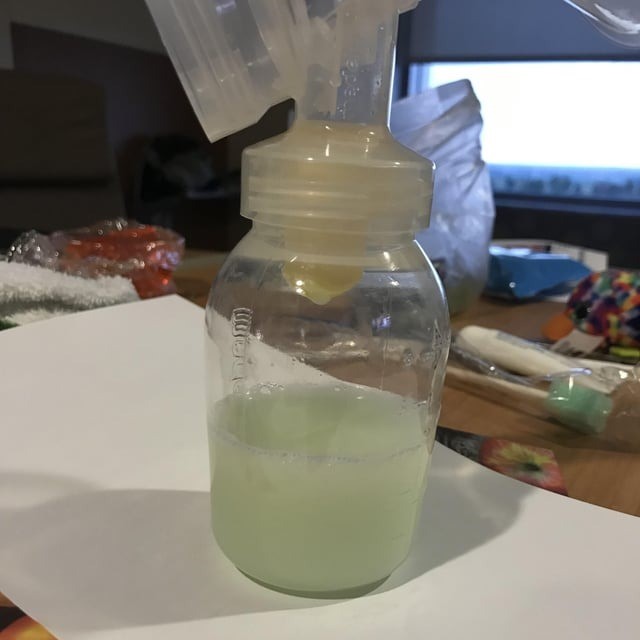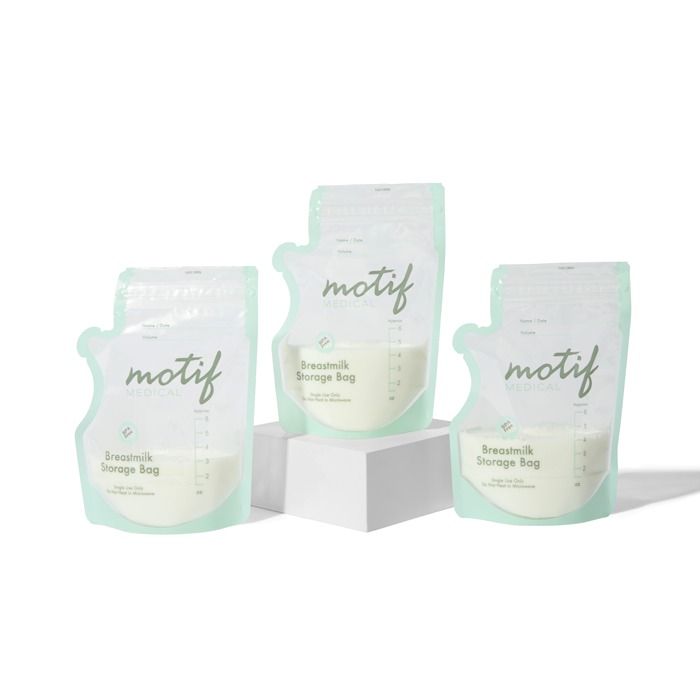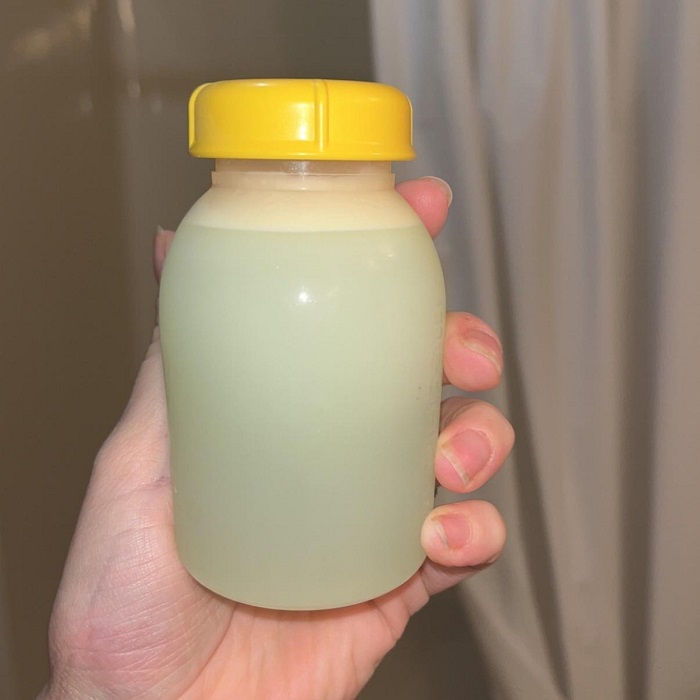Introduction to Breast Milk Color Variations
Breast milk colour can change for many reasons. It’s usually white or yellow, but can vary. Factors like diet, health, and medication may cause colour shifts in breast milk. These shifts are often harmless. Yet, it is vital to understand what each colour may indicate about your health or diet. It is important to observe changes and know when to seek help. Sometimes, unusual colours like green breast milk can worry new mothers. In this blog, we will discuss why breast milk might turn green and what to do about it. We aim to reassure mothers that variations can be normal and explain when to consult a healthcare professional. Stay informed to ensure your peace of mind and your baby’s health.
Common Reasons for Green Breast Milk
Experiencing green breast milk can be surprising for new mothers. Multiple factors can contribute to this color shift, which is generally not a cause for concern. Here are several common reasons why breast milk might turn green:
- Dietary Choices: Consuming foods rich in green pigments, such as spinach, seaweed, or other leafy vegetables, can cause breast milk to take on a greenish hue.
- Supplements and Vitamins: Certain supplements, particularly those high in iron or containing green-tinted ingredients like spirulina or chlorella, may influence milk color.
- Medications: Some medications, particularly those that excrete through the milk, can alter its color.
- Frozen Milk Changes: Thawing breast milk that was previously frozen might sometimes look green due to the way fats separate and then blend back together.
While these reasons are among the most frequent causes of green breast milk, they’re usually harmless. The precise shade of green can also vary from a light tint to a more vivid color. Remember to monitor these changes, and if the green coloration persists or if you’re uncertain about the causes, it’s wise to consult a healthcare professional for advice.
Dietary Influences on Breast Milk Color

What mothers eat can affect breast milk color. Foods with strong colors often lead to hue changes in milk. Here are key points on how diet influences breast milk color:
- Green Vegetables: Leafy greens like spinach and kale contain chlorophyll, which can turn milk greenish.
- Artificial Colorants: Some processed foods have dyes that may modify the color of breast milk.
- Seaweeds and Algae: Foods such as spirulina have natural pigments that can cause a green tint.
- Herbs and Spices: Certain herbs, like parsley or alfalfa, can also impact breast milk’s coloration.
Mothers should note that these dietary influences are usually safe. The body processes foods, passing on certain traits to breast milk. This often leads to temporary color changes. However, if the color change is abrupt or worrying, seeking advice from a healthcare provider is a safe step. Tracking your diet can help identify which foods may be color-contributors. Remember, a well-balanced diet is key to maintaining healthy breast milk. Incorporating a variety of foods ensures necessary nutrients for both mother and baby.
Health-Related Causes for Green Breast Milk
While diet often explains green breast milk, health factors can also play a role. Here are health-related causes that may turn breast milk green:
- Infections: Sometimes infections in the breast, like mastitis, can alter milk’s color.
- Medication Side Effects: Certain medications may have side effects that change the color of breast milk.
- Hormonal Changes: Hormonal fluctuations, such as those experienced during menstruation, can slightly impact milk hue.
- Bile Pigments: If the mother has a liver condition, bile pigments might mix with the milk, causing a greenish tint.
Mothers noticing persistent green milk should consider these health aspects. If other symptoms accompany the color change, it’s important to see a healthcare provider. Together with the provider, they can discuss the symptoms, medication use, and possible conditions. Identifying health-related causes early on can provide peace of mind and ensure the baby’s and mother’s safety.
When to Consult a Healthcare Professional
While variations in breast milk color, including green breast milk, are usually harmless, there are certain situations when it’s important to seek professional advice. Below are scenarios when contacting a healthcare provider is recommended:
- Persistent Color Change: If the green color does not go away even after dietary adjustments, it’s wise to seek a consult.
- Accompanying Symptoms: If you or your baby experience symptoms such as fever, pain, or any unusual reactions, get medical help.
- Concern Over Medications: If green breast milk coincides with new medication, discuss this with your doctor to rule out side effects.
- Unexplained Changes: Any sudden or unexplained changes in breast milk should be discussed with a healthcare professional.
- Discomfort in Breastfeeding: If you face any discomfort or pain while breastfeeding, it’s essential to get checked.
Mothers know their bodies and their babies best. Trusting your instincts and seeking professional help when something seems off is always the best course of action. Remember, your healthcare provider is there to support you and ensure the health and well-being of both you and your baby.
How To Monitor Breast Milk Color Changes
Monitoring breast milk color changes is crucial for new mothers. Here are simple steps to keep an eye on these changes:
- Regular Observation: Check the color of your breast milk regularly. Look for any new patterns or persistent hues.
- Track Your Diet: Note what you eat. Relate any changes in breast milk color to recent meals.
- Photo Journal: Take pictures of the breast milk. This can help track gradual or sudden changes over time.
- Color Charting: Use a color chart to compare and describe the shades of your breast milk.
- Mind Other Symptoms: Watch for symptoms like pain or fever in both you and your baby.
- Medication Logs: Keep a log of any medications you take. Report changes to your healthcare provider.
- Consultation Prep: Prepare for healthcare visits. Bring your observations, photos, and questions.
Following these steps will make it easier to notice when breast milk color change is normal and when it’s not. A quick response to abnormal changes can be vital for your and your baby’s health.
Myths vs. Facts About Breast Milk Colors

When it comes to breast milk, many myths circulate among new mothers. It’s important to separate the facts from fiction. Here, we’ll debunk some common myths and affirm the realities about breast milk colors.
- Myth: Only white milk is healthy for the baby.Fact: Breast milk can come in various shades, and certain colors reflect dietary influences.
- Myth: Green breast milk indicates sickness.Fact: Green tint often comes from eating green-hued foods and is usually harmless.
- Myth: Breast milk color changes mean you should stop breastfeeding.Fact: Most color changes are temporary and don’t require stopping breastfeeding.
- Myth: Artificially colored foods won’t affect breast milk.Fact: Strong artificial colors can show up in breast milk.
- Myth: Medications always change milk colors drastically.Fact: Some, but not all medications may alter breast milk color slightly.
Knowing these myths and facts helps mothers understand what is normal for breast milk. Talk to a healthcare professional if you’re ever unsure. They can offer guidance on what changes are typical and which may merit further investigation.
Tips for Maintaining Healthy Breast Milk

Ensuring healthy breast milk is crucial for your baby’s nutrition and growth. Here are some simple tips to maintain its quality:
- Eat a Balanced Diet: Include fruit, vegetables, grains, proteins, and healthy fats in your meals.
- Stay Hydrated: Drink plenty of fluids, especially water, to support milk production.
- Avoid Harmful Substances: Limit caffeine and completely avoid alcohol and nicotine.
- Regular Health Checks: Keep up with your doctor’s appointments to monitor your well-being.
- Rest Well: Aim for adequate sleep to help your body recover and produce good milk.
- Manage Stress: Use relaxation techniques like deep breathing, yoga, or meditation.
Incorporating these habits won’t just benefit your breast milk; they’ll also enhance your overall health. If you notice significant changes in the milk, remember that professional advice is always available. Trust your body, but also acknowledge when it’s time to seek help.